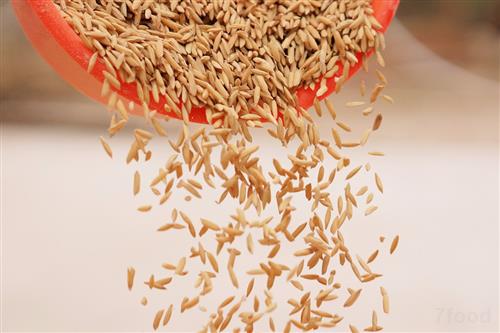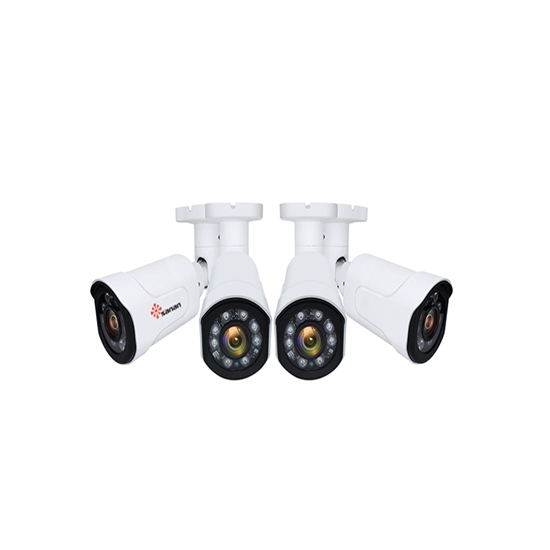Nenjiang, a magical land, a land of investment for this party, a famous city of soybeans, is rich in natural resources, there is a vast expanse of black soil, there is a flourishing enterprise, where the beans fragrant filled Nen River City... ...
In recent years, Nenjiang County has taken full advantage of the advantages of green, organic and high-protein soybeans, held high the banner of “developing non-genetically modified soybeansâ€, made the Nenjiang soybean economy become the leading and core economic development of Nenjiang, and created the nation’s first soybean food industrial park, namely “ China's Nenjiang Non-GM Soybean Food Science and Technology Industrial Park" has developed a full-industry chain industry focusing on deep processing of soybeans. Build an all-round Nenjiang Logistics Park, establish a non-GMO deep processing industry incubator center in China, build a “China Soybean Museumâ€, etc., call the Nenjiang China Soybean City brand, and turn Nenjiang into a national non-GMO soybean production protection zone. Genetically modified soybean food development zone.
Nenjiang, China - Famous City of Soybeans will take the soybean industry as a leader to enhance the market position and role of non-GM soybeans, and strive to build international, domestic well-known organic, green, high-protein, non-genetically modified soybean brands, and make them stronger and stronger. Soybean industry, forming a unique industrial cluster of soybean industry in Nenjiang, demonstrates the unique charm of developing the soybean economy in Nenjiang. China's Soybean City and Nenjiang will lead the Nenjiang soybean economy out of Nenjiang, the country, and the world.
Nenjiang County is located in one of the world's famous three black belts. The vast Songnen Plain is located in the national ecological area of ​​the Xingan Mountains. It belongs to the moderately temperate and continental monsoon climate. The county has fertile land, rich forests and aquatic plants, and is a golden area for soybean production.
Nenjiang is known as the “Northern Granaryâ€, “China Soybean Cityâ€, “National Important Commodity Grain Base†and “Agricultural Industrialization Baseâ€. There are 12 million mu of cultivated land in the county, which is the largest county in terms of arable land, accounting for one-twentieth of Heilongjiang Province, 8 million mu of soybean planting area, and an average annual output of 1.2 million tons, accounting for a tenth of the country’s total soybean production. First, it is the famous soybean producing area in China, and the famous wheat production base in China, among which there is one million mu of state-level green food raw material production base. Nenjiang soybean is a geographical mark certification mark.

We may have heard of the Zoom Bullet Camera, so what is the Zoom Bullet Camera/ Bullet Zoom Security Cameras/ Bullet Zoom Digital Cameras/ Smart Zoom Bullet Camera/ Zoom Lens Bullet Cameras/ Zoom Bullet Camera HD? We know that the Bullet refers to the camera shape, so what about the Zoom? Actually, the Zoom refers to a type of the camera lens. Today let me introduce the camera lens for you.
I have introduced the camera lens and 2 classifications for you before. Today please let me introduce another parameter of the camera lens for you---the Wide Dynamic.
So what is the Wide Dynamic?
The Wide Dynamic actually refers to the brightness ratio of the brightest and darkest parts of the image that the user can see at the same time via the camera. The Dynamic Range broadly refers to the changing span of a changing thing, that is, the range from the lowest point and the highest point of its changing value, which is usually described as the difference between the highest point and the lowest point. Well, the Ddynamic Range of a camera refers to the ability of the camera to adapt to the light reflection of the scene in the shooting scene, specifically the range of brightness (contrast) and color temperature (contrast); which means the camera's adjustment range of the "darkest" and "brightest" of the image, or the ratio of the lightest tone to the darkest tone in a still image/video frame. And the hue can show the precise details in the image or frame. As the ratio of the two tones, the unit of the dynamic range can be decibels, bits, files, or simply expressed as a ratio or multiple.
The Wide Dynamic Camera Technology is a technique by which the user can see the characteristics of the image under very strong contrast via the camera. In some occasions where the contrast between light and dark is too large, due to the limitation of the CCD's photosensitive characteristics, the background of the captured images will be easily too bright/the foreground of the captured images will be easily too dark. Later, Because of the wide dynamic technology emerged, and this problem has been solved.
So how about the applications of the Wide Dynamic Camera?
The Wide Dynamic camera is usually applied when the light environment is still ideal but the details of the target object cannot be obtained. That is to say, the wide dynamic technology is mostly used in places where light and dark alternate. When the surveillance camera cannot achieve low-illuminance monitoring, the wide dynamic technology needs to be used to "fill the light". In terms of the surveillance camera applications, the ordinary surveillance camera captures the images with the clear background but the dark foreground, while the wide dynamic camera can capture the images with both the clear foreground and background.
The Wide Dynamic Camera is usually applied to the Highway toll system, the Electronic police system, the City Commercial Street and so on; which is very useful and has brought much convenice to our life.
In a word, I hope that the introducton of the Wide Dynamic can make all of us know more about the Zoom Bullet Camera and the whole video monitoring field.

Zoom Bullet Camera, Bullet Zoom Security Cameras, Bullet Zoom Digital Cameras, Smart Zoom Bullet Camera, Zoom Lens Bullet Cameras, Zoom Bullet Camera HD​
SHENZHEN SANAN TECHNOLOGY CO.,LTD , https://www.sanan-cctv.com